Search
Search Results

Image
Demotic Temple Oath from the Ptolemaic Period
This piece of pottery with Demotic Egyptian text records an oath taken by Petasatet to declare his innocence in the case of cloth theft. This oath was taken before a priest of the Temple of Hathor on Dec. 6, 127 BCE. Temples played an important...
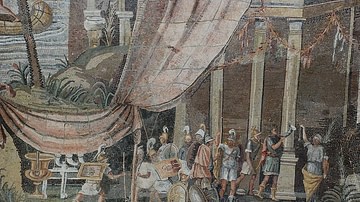
Image
Roman Mosaic of Ptolemaic Soldiers
This scene is part of the Nile mosaic of Palestrina (c. 100 BCE), found in Palestrina, Italy. It portrays a group of Ptolemaic Greek soldiers in Egypt on the banks of the Nile. The soldiers are clad in typical Hellenistic equipment including...
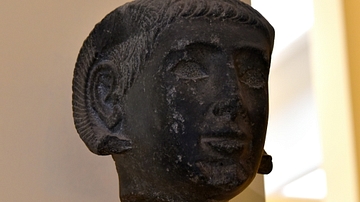
Image
Head of a Ptolemaic King
This diorite head of an Egyptian king was depicted as Amun/Jupiter. Ptolemaic Period, 332-30 BCE. From Egypt. (Ancient Orient Museum, Istanbul, Turkey).
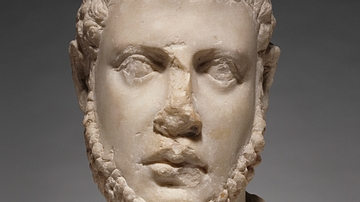
Image
Bearded Head of Ptolemaic Dynast
This roughly worked and approximately life-size marble portrait depicts a member of the Ptolemaic dynasty. The portrait was carved in Alexandria, Egypt, sometime during the 2nd Century BCE and is now part of the collection of the J. Paul...
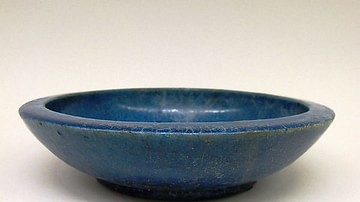
Image
Ptolemaic Blue Faience Bowl
This blue bowl is an excellent example of Egyptian faience ware, and why it was so highly regarded in the ancient Mediterranean. Ancient Egyptian artisans had been producing high-quality faience for millennia by the time this bowl was produced...
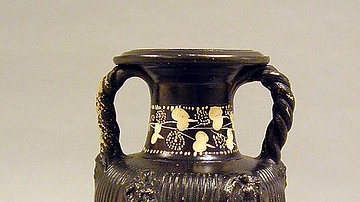
Image
Hadra Funerary Urn from Ptolemaic Egypt
This c. 275-250 BCE terracotta amphora was found in the Hadra cemetery in Alexandria, Egypt. It was originally produced in Crete and was exported to Alexandria. The aptly named Hadra Hydriai are a collection of primarily Cretan vases which...

Image
Carnelian Intaglio of a Ptolemaic Queen as Aphrodite
Gem intaglio mounted on gold and framed by glass, emeralds and garnets. The draped and sceptred figure is thought to be a Ptolemaic queen. In her right arm, she bears the cornucopia of Aphrodite or Isis-Aphrodite. Egyptian, 1st century BCE...
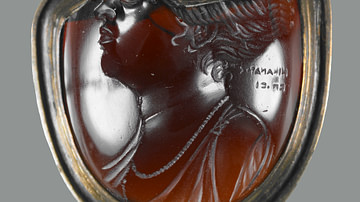
Image
Garnet Intaglio of a Ptolemaic Queen
A carved garnet set in gold, depicting a Ptolemaic queen who is either Berenike II (r. 246-222 BCE) or Cleopatra I (r. 195-176 BCE). Created by the ancient artist Nikandros.
The Walters Art Museum, Baltimore.
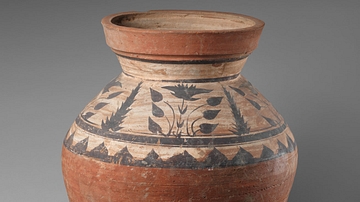
Image
Ptolemaic Storage Jar
This pottery jar was a storage vessel for funerary offerings and is thought to have once held some type of beef broth. On its surface, a beautiful floral pattern is painted. The jar was found in a Ptolemaic era tomb near Thebes, Egypt. The...
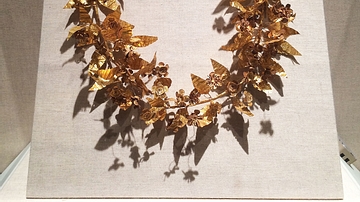
Image
Ptolemaic Gold Wreath
Wreaths like this one formed to resemble flowers and leaves were used to crown athletic victors throughout the ancient Greek world. The Egyptian-born Greek writer Athenaeus of Nitocric (c. late 2nd-3rd century CE) tells of guests wearing...